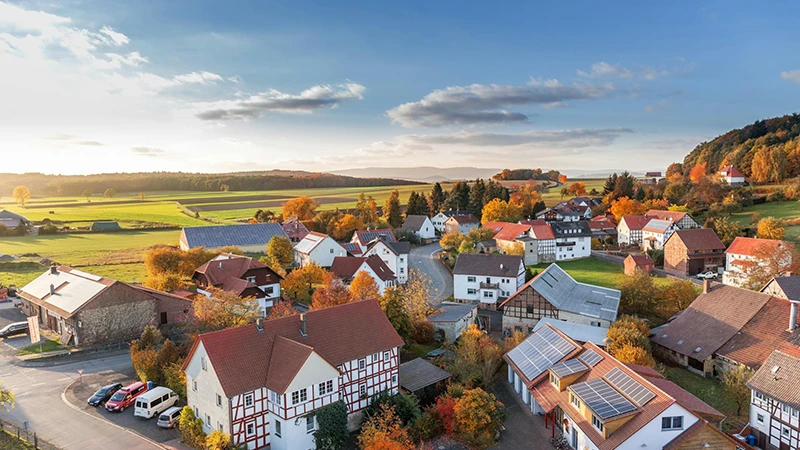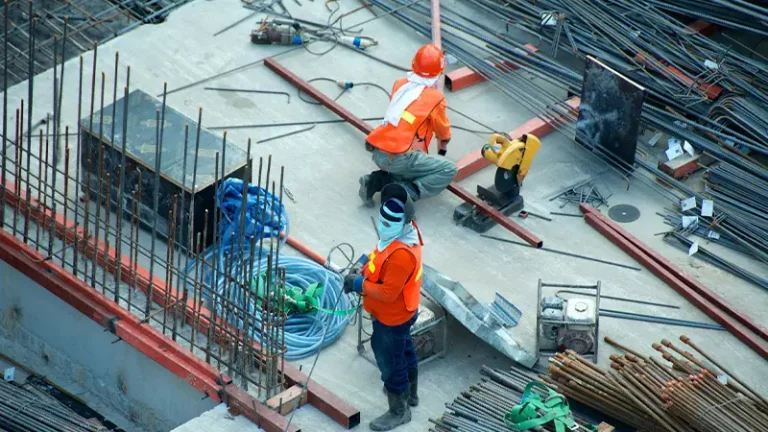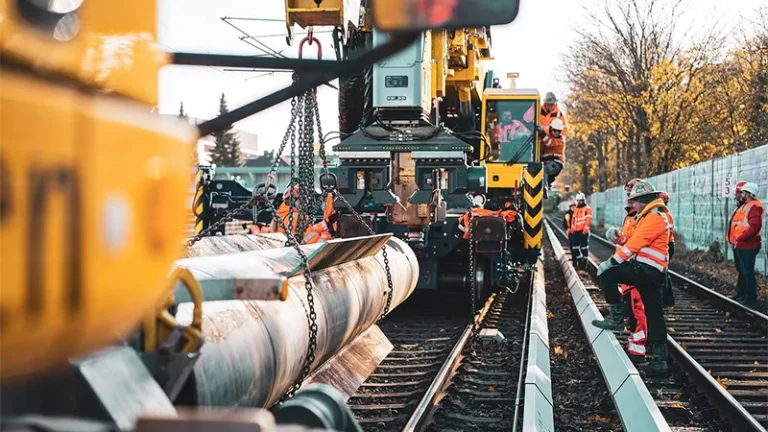Understanding Environmental Justice
Environmental Justice refers to the fair treatment and meaningful involvement of all people, regardless of race, color, national origin, or income, in the development, implementation, and enforcement of environmental laws, regulations, and policies. It ensures that no community bears a disproportionate share of environmental hazards.
The U.S. Environmental Protection Agency (EPA) plays a critical role in promoting Environmental Justice, helping communities gain access to clean air, safe drinking water, and uncontaminated land. Understanding how the EPA operates can help residents participate in decisions that affect their health and environment.

EPA’s Role in Environmental Justice
The EPA has developed several programs and policies to address Environmental Justice. Key initiatives include:
- EJSCREEN – This is EPA’s environmental justice mapping and screening tool. EJSCREEN helps communities identify areas where pollution may disproportionately affect residents. It combines demographic and environmental data to guide policy decisions.
- Community Action Grants – EPA provides funding to local organizations that address environmental challenges in underserved communities. These grants support pollution reduction, education, and community planning.
- Regulatory Enforcement – The EPA ensures that federal environmental laws are applied fairly. Through inspections, monitoring, and enforcement actions, EPA protects communities from industrial pollution and other environmental hazards.
- Environmental Justice Advisory Councils – These councils allow residents, local organizations, and stakeholders to advise the EPA on policies and initiatives that promote Environmental Justice.
EPA Environmental Justice Funding: A Snapshot
To provide a clearer picture of the EPA’s Environmental Justice initiatives, here’s a summary of recent funding allocations:
| Program | Funding Amount | Purpose |
|---|---|---|
| Community Change Grants (2023) | $1.6 billion | Support projects that reduce pollution, enhance climate resilience, and build community capacity. |
| Pollution Prevention Grants (2023) | $8 million | Fund projects promoting safer and more sustainable products to prevent pollution. |
| Environmental Justice Collaborative Problem Solving (2023) | $128 million | Assist communities in addressing environmental and climate-related challenges through collaborative problem-solving. |
How Communities Benefit
Communities across the United States experience tangible benefits from EPA’s Environmental Justice programs:
- Air Quality Improvement – By targeting industrial pollution and promoting clean energy initiatives, EPA helps reduce respiratory illnesses in vulnerable communities.
- Water Safety – EPA ensures access to safe drinking water by monitoring contaminants, funding infrastructure upgrades, and enforcing water quality standards.
- Soil and Land Remediation – Contaminated sites, such as former industrial areas, are cleaned up through EPA’s Superfund and Brownfields programs, protecting residents from hazardous exposures.
- Community Engagement – Through public meetings, workshops, and grants, residents gain a voice in environmental decision-making, ensuring their concerns are considered.

Challenges and Criticisms
Despite these efforts, Environmental Justice work faces challenges:
- Resource Limitations – Some communities struggle with limited funding and staffing for local Environmental Justice projects.
- Policy Implementation Gaps – Not all regulations are enforced consistently, leaving certain neighborhoods at risk.
- Community Awareness – Many residents are unaware of their rights and the resources available, reducing participation in Environmental Justice programs.
Addressing these challenges is essential to ensure that EPA’s efforts reach every community in need.
How You Can Get Involved
Residents can take an active role in promoting Environmental Justice in their own communities:
- Use EPA Resources – Tools like EJSCREEN (https://www.epa.gov/ejscreen) help you understand local environmental risks.
- Report Environmental Concerns – Residents can file complaints regarding pollution, hazardous waste, or unsafe drinking water.
- Participate in Local Meetings – Join community advisory boards or attend public hearings to share your perspective.
- Support Local Environmental Groups – Many nonprofits focus on Environmental Justice initiatives and welcome volunteer support.
By engaging, you help ensure that Environmental Justice is not just a policy but a reality in your community.

Conclusion
The EPA’s commitment to Environmental Justice ensures that all communities, especially those historically overburdened by pollution, can live in safe, healthy environments. By understanding EPA programs and participating actively, residents can influence decisions that impact their air, water, and land. Environmental Justice is not only a legal principle—it’s a shared responsibility that empowers communities to thrive.






